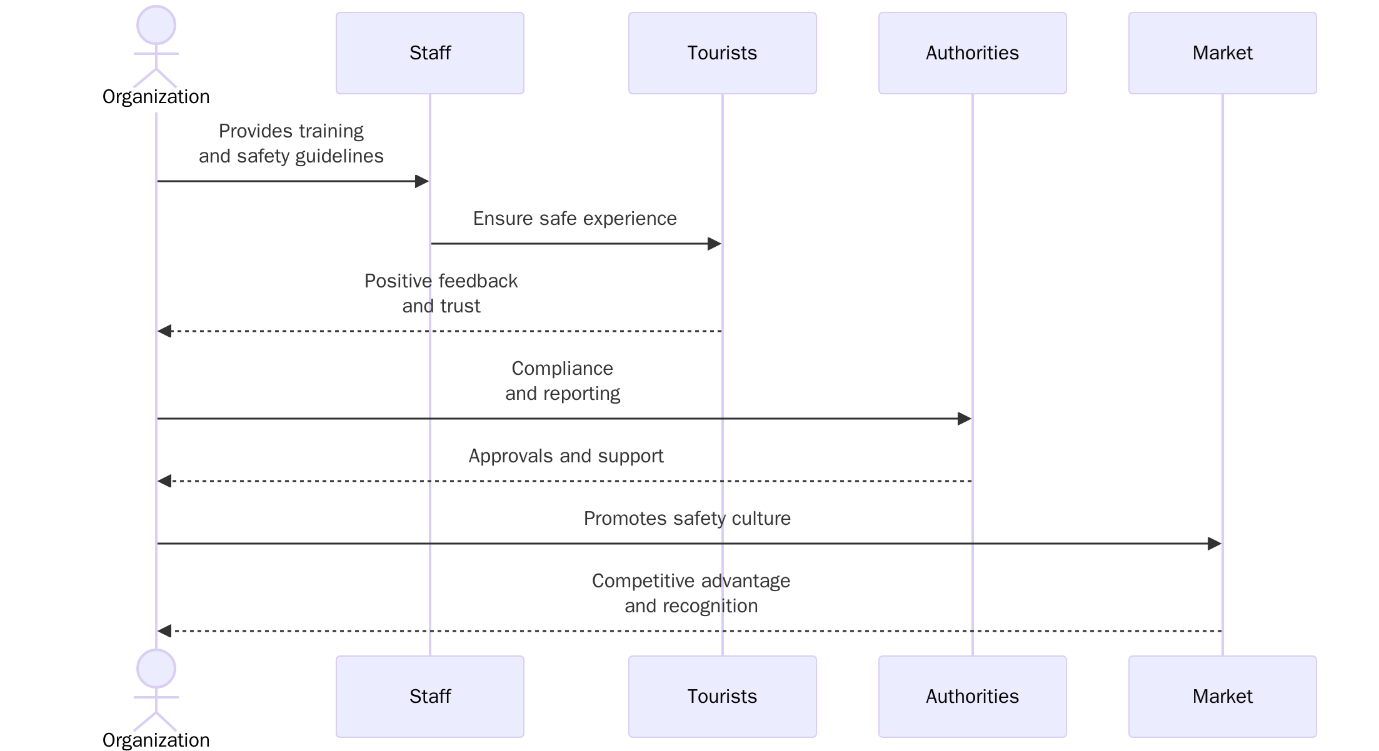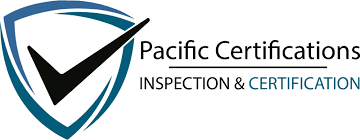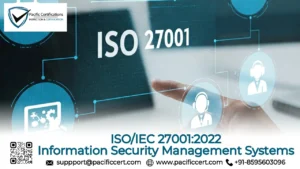ISO 21101:2014 – Adventure Tourism: Safety Management Systems
Documentation Required
Adventure tourism operators should prepare and maintain the following documentation:
- Safety policy and safety management system manual
- Risk assessment reports and hazard registers for all activities
- Emergency response and evacuation procedures
- Staff training and competency records
- Incident and accident reporting logs
- Communication protocols for emergencies
- Maintenance records for safety equipment
- Legal and regulatory compliance documentation
Need assistance with documentation? Contact support@pacificcert.com.
Eligibility Criteria
Any organization offering adventure tourism services that involve physical activity and participant exposure to environmental risks is eligible to implement ISO 21101. These may include mountaineering agencies, rafting outfitters, adventure camps, or eco-tourism lodges. Eligibility requires a commitment to participant safety, skilled personnel, and infrastructure that supports a safety culture across the organization.
To assess your eligibility, get in touch at support@pacificcert.com.
Certification Costs and Timeline
The cost of ISO 21101 certification depends on the number of adventure activities offered, the size of the operation, and the complexity of the organization.
Timeline
- Initial Gap Assessment: 2–3 weeks
- Development of SMS Policies and Procedures: 3–4 weeks
- Training and Implementation: 4–6 weeks
- Internal Review and Certification Audit: 2–3 weeks
Typical duration: 3 to 5 months, depending on operational readiness.
Requirements of ISO 21101:2014
To comply with ISO 21101, organizations must:

- Develop and maintain a documented safety management system tailored to the risks associated with their specific activities
- Identify hazards and assess associated risks, then implement controls to mitigate these risks
- Ensure roles and responsibilities for safety are clearly assigned and understood
- Establish communication plans and incident response protocols for emergencies
- Train all staff in relevant safety procedures and verify their competence regularly
- Maintain equipment and infrastructure in accordance with safety standards
- Continuously improve the system based on performance data and stakeholder feedback
For help in aligning with these requirements, email support@pacificcert.com.
Benefits of ISO 21101 Certification
- Reduced risk of injury and incidents for participants and staff
- Enhanced trust and confidence among customers and regulatory authorities
- Improved preparedness for emergency situations and legal liabilities
- Streamlined internal operations through structured safety procedures
- Better market positioning and appeal to risk-conscious travelers and agencies

Unlock these advantages by working with Pacific Certifications — support@pacificcert.com.
Trends and Global Relevance
Adventure tourism is one of the fastest-growing segments in the travel industry, driven by increased interest in experiential travel and outdoor activities. However, it is also a sector marked by risk and regulatory scrutiny. Governments and insurance companies are placing greater emphasis on safety assurance, making certification to ISO 21101 a valuable asset.
Adoption of ISO 21101 also demonstrates alignment with sustainable tourism principles by protecting not just people, but also the natural environments in which these activities occur. Certified operators can better compete in international tenders, partnerships, and adventure tourism networks.
How Pacific Certifications Can Help
Pacific Certifications supports adventure tourism providers by guiding them through the entire ISO 21101 certification process. We provide tailored implementation strategies to help you address specific risks related to your activities while maintaining regulatory compliance and improving safety outcomes.
Our services include:
- Gap assessments and safety risk evaluations
- Development of safety manuals and standard operating procedures
- Onsite training in safety and emergency response
- Pre-certification audits and final certification services
Start your ISO 21101 certification process with Pacific Certifications, support@pacificcert.com.
Frequently Asked Questions (FAQs)
Is ISO 21101 certification mandatory for adventure tourism?
No, it is voluntary but strongly recommended by industry leaders and regulators.
Does ISO 21101 apply to single-activity providers?
Yes, it is suitable for providers of both single and multi-activity adventure services.
Can ISO 21101 be combined with ISO 45001 or ISO 14001?
Absolutely. Integration is encouraged for efficiency and wider compliance.
How long is the certification valid?
Typically valid for three years with annual surveillance audits.
Who can certify ISO 21101?
Only accredited certification bodies like Pacific Certifications can issue a valid certificate.
Ready to get ISO 21101 certified?
Contact Pacific Certifications to begin your certification journey today!
Suggested Certifications –






